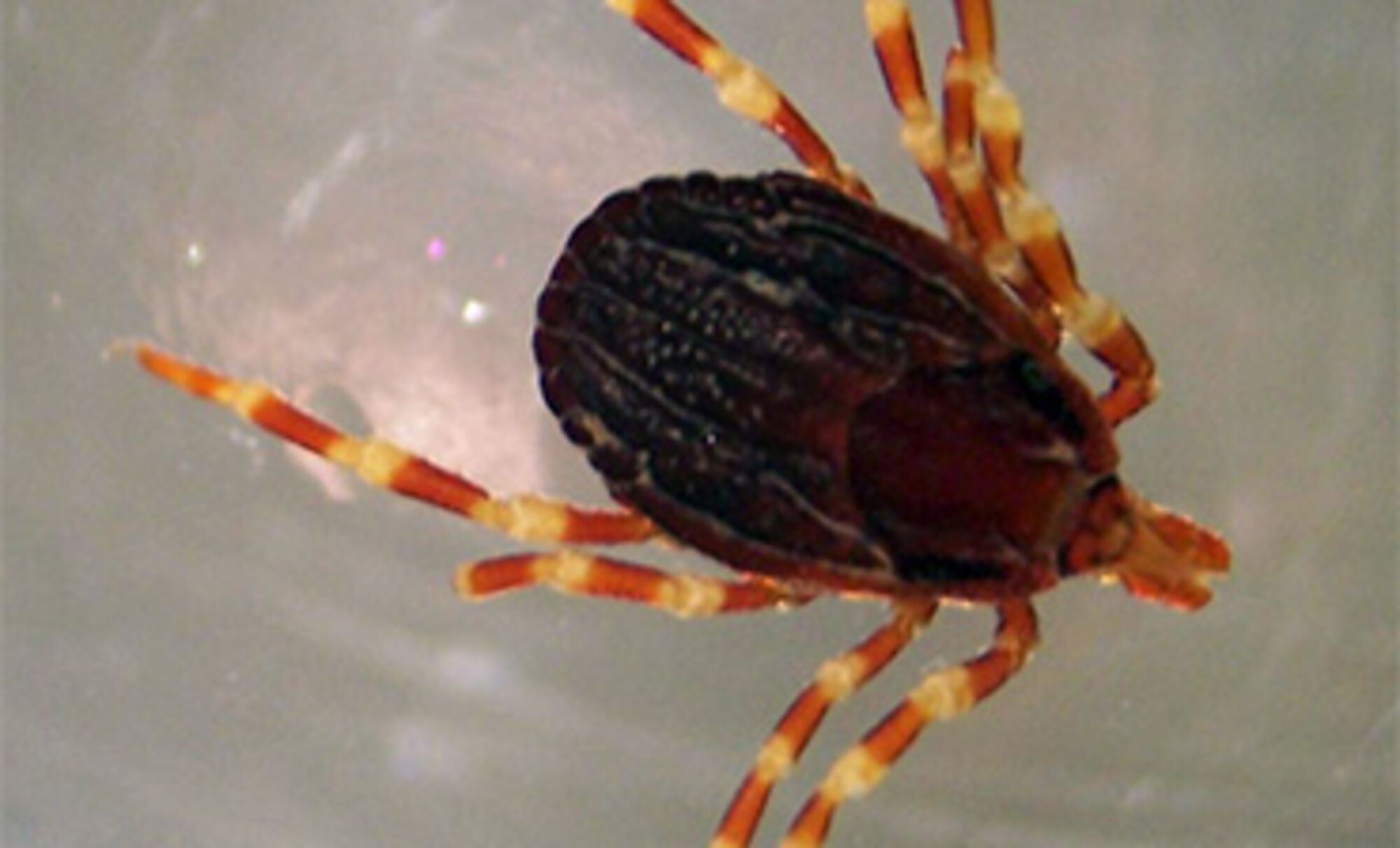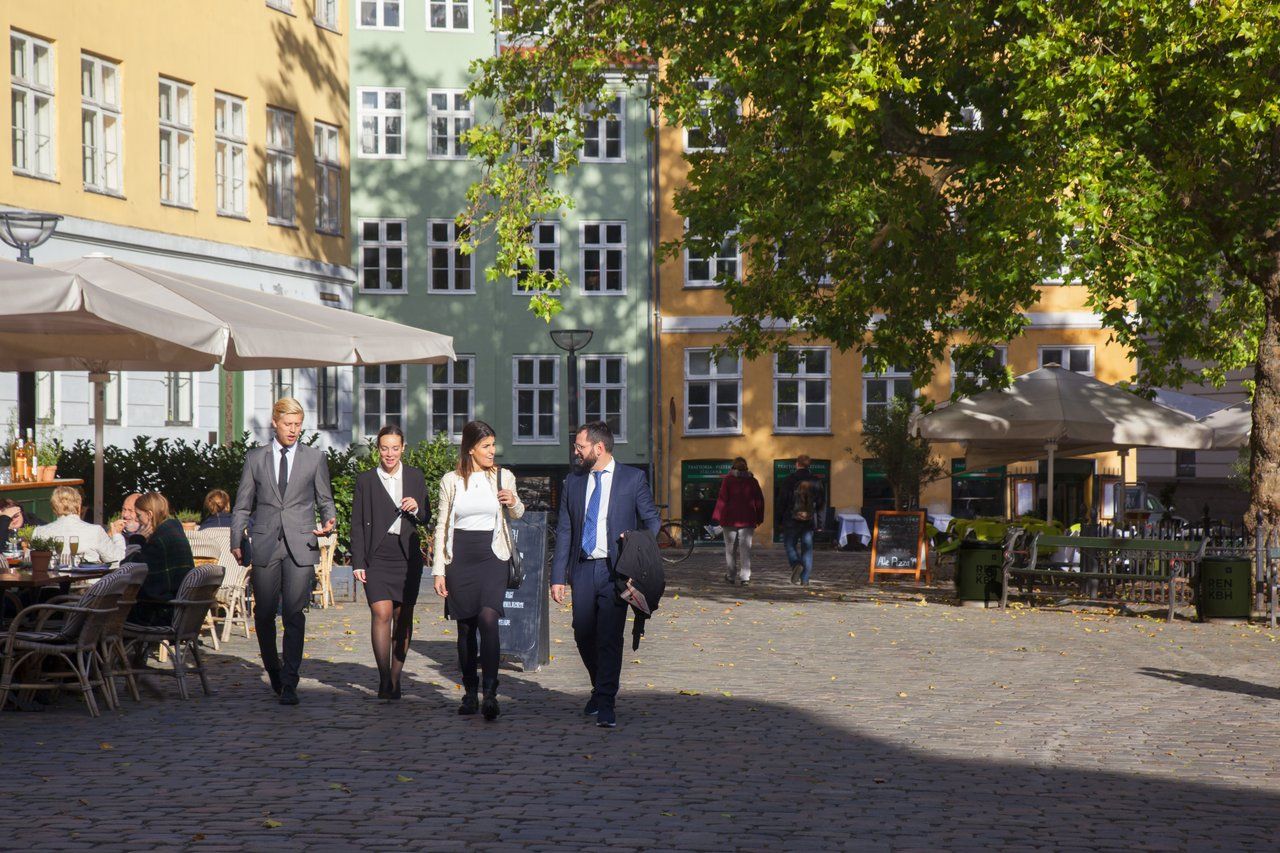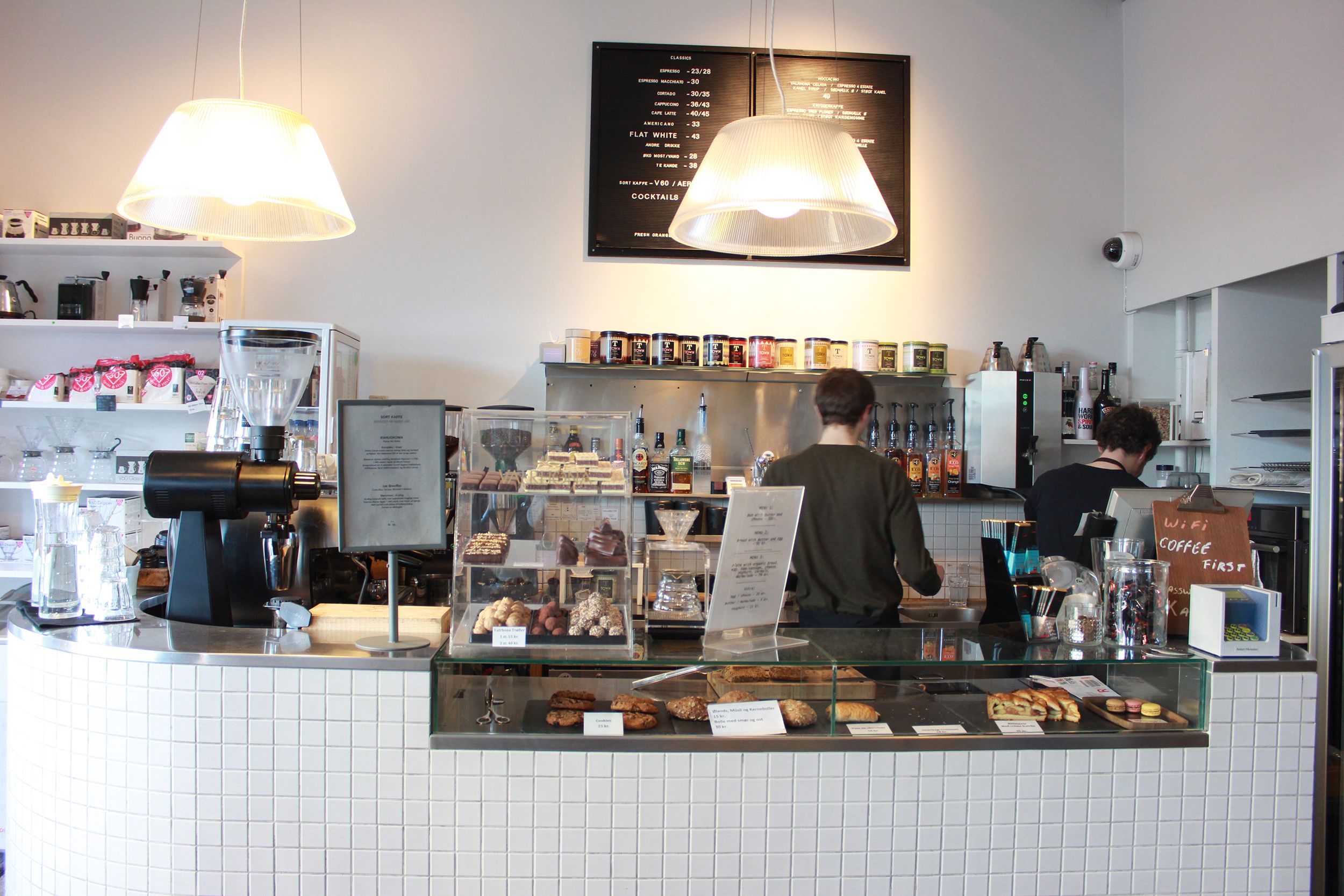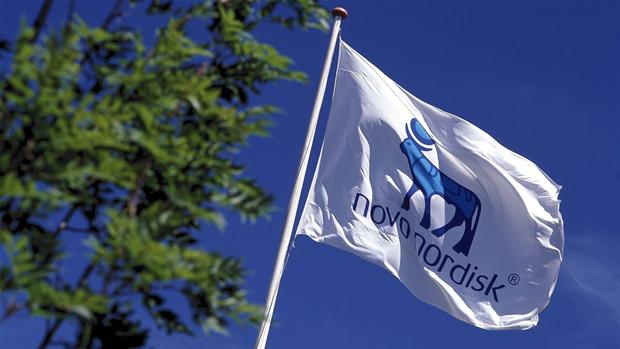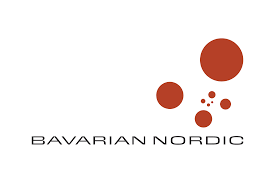What Nørrebro possesses in cultural diversity, it lacks in open green space. Other than the vast enclosed cemetery, Assistens Kirkegaard, the district’s 70,000 inhabitants’ only other green area is a strip of land, Nørrebroparken, half of which has now been lost to the construction of the Metro extension.
But a group of volunteers are putting the space to good use and have established an urban garden in an area of the park adjacent to Stefansgade that was formerly occupied by gang members openly selling cannabis.
Known as Byhaven 2200, the Danish words for ‘city garden and the area’s postcode, the first soil was only turned on the garden two weeks ago, but it has already attracted dozens of volunteers and hundreds of supporters to the Facebook page. Raised beds constructed using sandbags and donated soil are formed in odd shapes while a colourful makeshift fence separates the garden from the rest of the park.
During The Copenhagen Post’s visit, a family sat in the shade of a tree, a dozen architecture students were building a structure out of wood, while at a table a few volunteers took a break.
Among them was Mia Helmer Jensen, one of the founders of the project. She has a history of volunteering, particularly with the food co-operative Københavns Fødevarefællesskab. After approaching the council, she was told that it was possible to rent an area of the park. She then established Byhaven 2200 and is now growing both edible and non-edible plants.
“There’s not enough of this sort of thing in the city,” Jensen said. “That’s why I wanted the project to be in a public park because I wanted to inspire people. Most of these projects in Copenhagen are hidden away, and I want to reach out and inspire people who wouldn’t seek out this sort of activity.”
Byhaven 2200 receives money from the City Council and the local political committee, Nørrebro Lokaludvalg, and is run by volunteers that can number as many as 40 on a good day.
“Some people build a lot, others bring material, others are part of the social bit and play music or bring food,” Jensen said, adding that people have shown up and offered free plants and material.

The location of the garden seems not to be an accident. Drug dealers – members of the Hells Angels and its support group AK81 – who used to maintain an overt presence on nearby Jægersborggade moved into the park this winter as a result of the gentrification of the street and the popularity of the small businesses located there.
Even though only a few dealers ever used to occupy the area, it was enough to scare people off from using it. But now dozens of people work and relax in the same area while the drug dealers have moved off to another part of the park.
“I don’t think it’s a coincidence that this is where the council decided to place us,” Jensen said, adding that the dealers add their dynamic to the project. “It spiced up the project a bit. We had some customers who came by, and we pointed them in the right direction.”
Steffen Pedersen, a local resident and volunteer, was attracted to the project for its inclusivity.
“This project is as much about community power as it is simply planting stuff,” Pedersen said as he liberally distributed seeds in a raised bed. “It’s about what we can create when we get together and when we don’t let the City Council decide everything.”
Both Jensen and Pedersen seemed to view the garden as serving as a symbol for an alternative and less materialistic lifestyle. Pedersen spoke out against the current global order and its fixation on wealth, while Jensen talked about the threats of peak oil and the need to take better care of the planet.
But to Peter Damsgaard, a Nørrebro resident of 25 years, the garden was just another step in the right direction for the district.
“I’ve lived here when the park was still full of bunkers from the Second World War and when it was just somewhere people took their dogs to shit – it was really just a shit park,” Damsgaard said, flashing a gold tooth. “But this garden is great, and I hope that it will be a permanent fixture.”
It may well be. The association running Byhaven 2200 will soon sign a three-year contract with the council with an option to extend. With 30,000 kroner in funding and no shortage of free labour, the garden will soon be producing food that will be used to feed the local community at a harvest party.
Anyone interested in volunteering can attend one of the group’s work sessions from 12-6pm on Tuesdays, Thursdays, Saturdays and Sundays. To stay updated, find the Facebook group ‘Byhaven 2200’.




